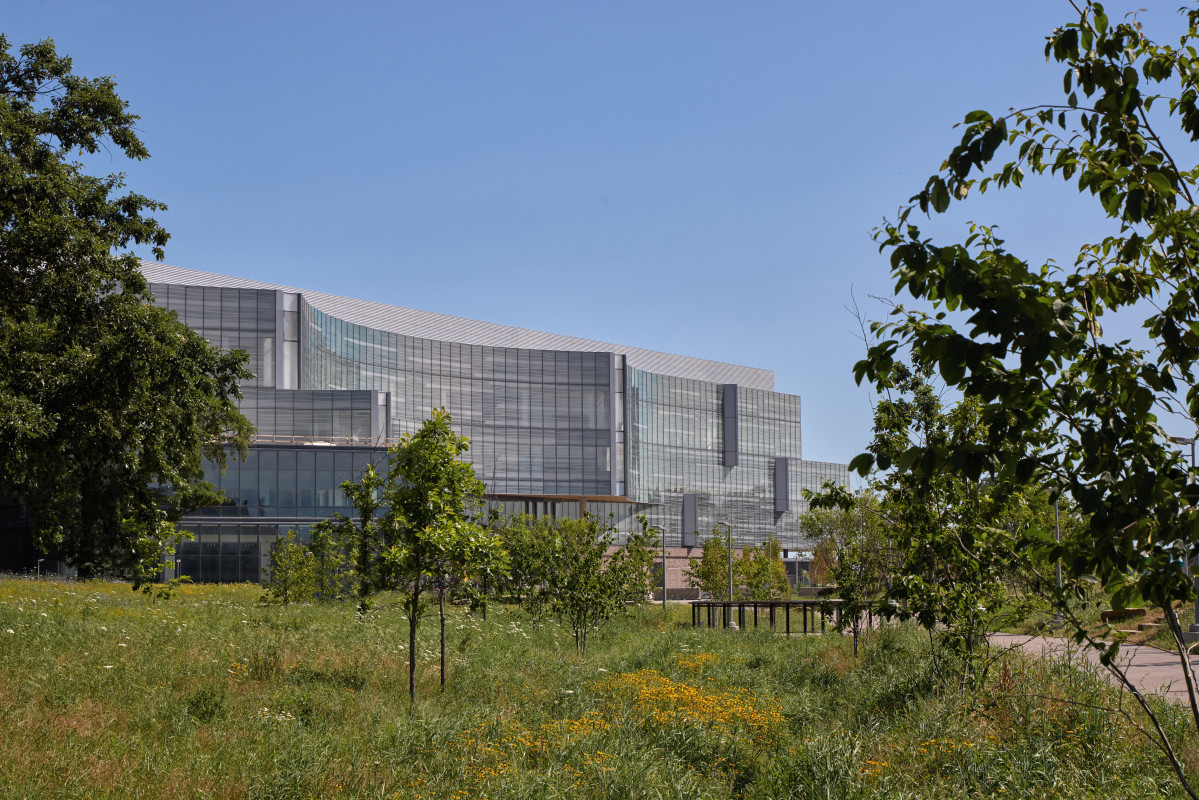Key Takeaways
- Ford is relocating its headquarters to a new, larger facility in November 2025 to enhance collaboration among 4,000 employees.
- The new campus will feature modern amenities, including design studios, meeting rooms, and extensive green spaces.
- The historic 70-year-old Glass House will be decommissioned, making way for a collaborative environment more suited to today’s work styles.
New Headquarters Aimed at Innovation
The Ford Motor Company is set to move its headquarters from its 70-year-old “Glass House” in Dearborn to a newly developed building within its expansive product development campus in November 2025. According to an email sent to employees by Executive Chair Bill Ford and CEO Jim Farley, the new facility will have double the space, enabling better synergy and collaboration among its engineering, design, and technology teams. With around 14,000 employees within a 15-minute walking radius, the new setting is designed to foster innovative problem-solving.
The updated headquarters will host six design studios, a spacious design showroom for comprehensive product reviews, and over 300 tech-enabled meeting rooms. Employee amenities include a 160,000-square-foot food hall with seven rotating restaurants, wellness rooms, event spaces, and a sizable indoor courtyard, as well as 12 acres of walkable green areas.
Bill Ford remarked in an interview with Automotive News that the old “Glass House” does not meet the current needs for collaboration. Built in 1956, the building has remained largely unchanged and was designed for a different era of workplace dynamics, where private offices were the norm. Ford noted that this outdated setup hampers timely interactions between executives and product development teams, often requiring significant travel between facilities for meetings.
Highlighting the drawbacks of the existing arrangement, Ford explained, “Even if you’re only over there for an hour meeting, you’re probably burning two hours out of your day.” The new headquarters aims to eliminate these inefficiencies, promoting real-time interaction among studios, engineers, and executives.
The historic “Glass House,” while significant, will be phased out in early 2026 to make room for new developments. After its decommissioning, a process expected to take approximately 18 months, the site will be repurposed for community use. Although it may evoke nostalgia, these changes are crucial for Ford’s competitiveness, particularly in attracting young talent in today’s remote-work landscape.
Overall, the transformation signals a shift towards more adaptable and innovative work environments, positioning Ford strategically for future challenges. The transition reflects a broader trend among companies to modernize their operational frameworks to meet the evolving demands of the marketplace and workforce.
The content above is a summary. For more details, see the source article.















